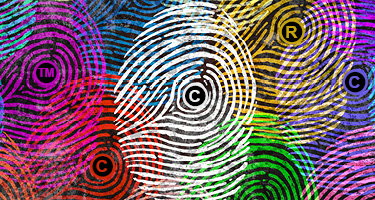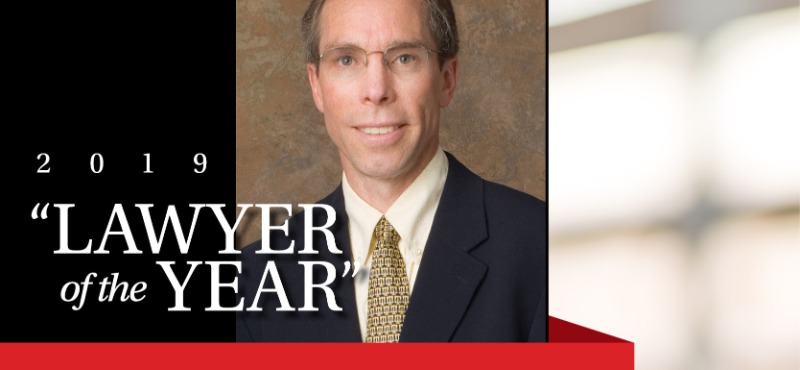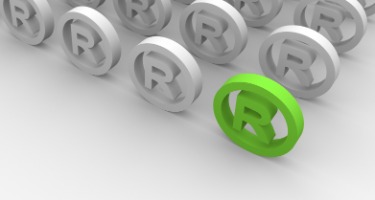If you’re wondering how long it takes to obtain a patent, there’s a short answer and a long answer. The short answer for a design patent is between one and two years from the filing date. The short answer for a utility patent is between one and five years from the filing date. But these answers will not give you the full story.
Long Answer: There are no guarantees of success in obtaining patent protection with United States Patent and Trademark Office (USPTO), the European Patent Office, or any other patent office around the world, regardless of the invention for which patent protection is being sought. In the United States, the average time to receive a decision about a patent application varies significantly depending on several factors, including the type of patent being sought, the breadth of protection being sought, the quality of the patent application, and the type of technology.
The most common types of patents inventors usually seek are design patents and utility patents. A design patent protects the appearance of an article. This may include its shape or surface ornamentation or other aspects of how it looks. A utility patent protects the function of an article. This may include how it is used or how it works.
Generally, design patent applications experience shorter wait times than utility patent applications. It is not uncommon for a design patent application that is judged worthy of patent protection to receive a notice of allowance from the USPTO in one to two years from the date the application is filed. However, notices of allowance for utility patent applications that are approved can be mailed anywhere from one to five or more years from the date the application is filed.
While it’s generally preferable to obtain broad patent protection when seeking design and utility patents, greater breadth generally requires longer wait times than more limited patent protection. Patent applications that seek broad coverage generally define invented concepts that are closer, in terms of scope of coverage, to known subject matter (i.e., prior art) than more limited patent applications. Patent examiners often disagree that broadly drafted claims meet the patentability requirements of the law. As a result, it frequently takes repeated communication with patent examiners, and even appeals to the USPTO Patent Trial and Appeal Board and/or the courts to obtain patent protection on broadly drafted claims. This process can add anywhere from a few months to five or more years to the process. On the other hand, narrowly drafted claims, which result in a more limited scope of protection, are often met with less opposition, thereby significantly shortening the wait time.
The quality of the patent application affects approval time as well. Patent applications that are more poorly drafted typically take longer to mature into issued patents than well drafted applications. Patent law requires that patent applications comply with certain formal requirements. For example, one specific patent statute, or law, Section 112 of Title 35 of the United States Code, requires that the text of the application be presented in “full, clear, concise, and exact terms as to enable any person skilled in the art to which it pertains…to make and use the same…[and] shall conclude with one or more claims particularly pointing out and distinctly claiming the subject matter which the inventor or a joint inventor regards as the invention.” Patent examiners will often require poorly drafted applications to be corrected to comply with these strict formal requirements, thereby further lengthening the process.
Finally, different units at the USPTO called Art Units, which are groups of patent examiners that examine applications based on common technologies, process patent applications at different rates.
Extensive information on the patent application and approval process is available through the USPTO.
------------
An experienced patent attorney, John P. Powers has a solid track record of success with technology companies in acquiring patent rights for their inventions and, when needed, provides litigation support. His practice at Eckert Seamans Cherin & Mellott covers a wide variety of technologies including electrical switching apparatuses, medical devices such as respiratory therapy devices and therapeutic ultrasound technology, pharmaceutical packaging, machine tooling and related systems, and toys. Powers earned his B.S. in mechanical engineering from the University of Michigan and his J.D. from the University of Toledo College of Law.




















